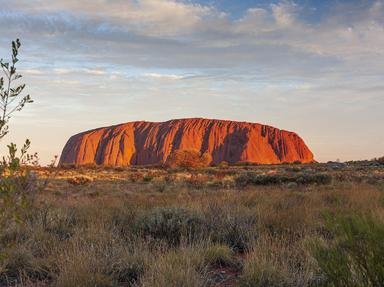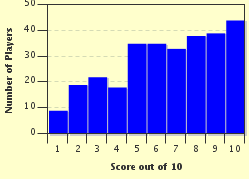Quiz Answer Key and Fun Facts
1. Australia is divided up into 150 electorates (seats) of roughly equal size by population. Australian parliamentarians are elected to each seat in the House of Representatives every three years (approximately). This equal population stipulation means there are some electorates bigger than other states, and some as small as a few square kilometres.
My brother was born in the Kennedy electorate in North Queensland. This covers an enormous amount of Queensland, however it does not include the two biggest cities in North Queensland, Cairns and Townsville as they are in much smaller electorates of their own. What is the largest city (some would say town) in the electorate?
2. I come from the city of Cairns in Far North Queensland. Since the electorate was formed in 1949, Cairns has always been in the electorate of Leichhardt, a large electorate of 150,000 sq kilometres which covers the entire Cape York peninsula. For what was Ludwig Leichhardt a notable Australian?
3. I live in the electorate of Kooyong in the eastern suburbs of Melbourne. From 1934 until 1994, Kooyong was represented by just two members of Parliament: former Prime Minister Sir Robert Menzies, who held the seat until his retirement in 1966, and former Liberal Leader and Opposition Leader, Mr Andrew Peacock who then retained the seat for the Liberal Party until his retirement in 1994.
For what reason, however, would many fans of international sport know the name 'Kooyong'?
4. The large electorate of Grey was named after Sir George Grey, who was the State Governor in 1841-1845. This electorate contains the opal mining town of Coober Pedy and the uranium mine at Roxby Downs, as well as Ceduna on the Great Australian Bight. So which state is this?
5. This small (44 sq km) electorate in Sydney contains suburbs including Kogarah, Sans Souci and Wolli Creek. It is bounded to the east by Botany Bay and to the south by the Georges River.
Which one is this electorate, named in honour of Australia's first Prime Minister?
6. Indi is a large electorate (for Victoria) which covers a big part of North-East Victoria, the main towns being Wangaratta, Benalla and Wodonga. Traditionally a conservative seat, what was unusual about this seat in the 2013 federal election?
7. The Sydney electoral division covers a mere 91 sq. km. as it covers the Sydney CBD and immediate surrounds. It has one very unusual feature. What is it?
8. The electorate of Hindmarsh in South Australia is a coastal electorate covering many of Adelaide's beach side suburbs. It was named after Sir John Hindmarsh, the first governor of the state. What major transport hub is also located within the Hindmarsh boundaries?
9. Eden-Monaro is named after the two areas within its boundaries. The Monaro area is a plateau east of the Snowy Mountains which drops sharply to the New South Wales far south coast where the town of Eden is located. Since 1972, Eden-Monaro has been considered a bellwether seat. What does this mean?
10. Each of the 150 electorates' sizes is determined by population and is approximately the same for each seat within each state. The range of electorate population must have no more than 10% variance across each seat in each state. On the mainland, the population of each electorate was around 94,000 in the 2013 election, but in Tasmania not one of the five federal seats had more than 74,000 electors. Why?
Source: Author
1nn1
This quiz was reviewed by FunTrivia editor
Pagiedamon before going online.
Any errors found in FunTrivia content are routinely corrected through our feedback system.

